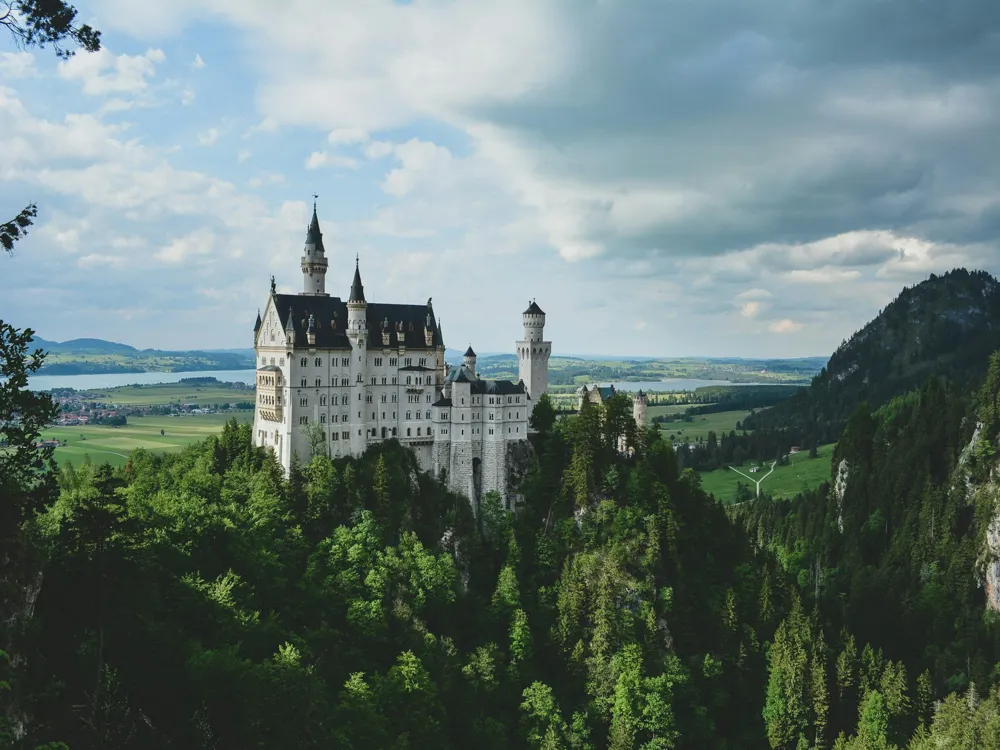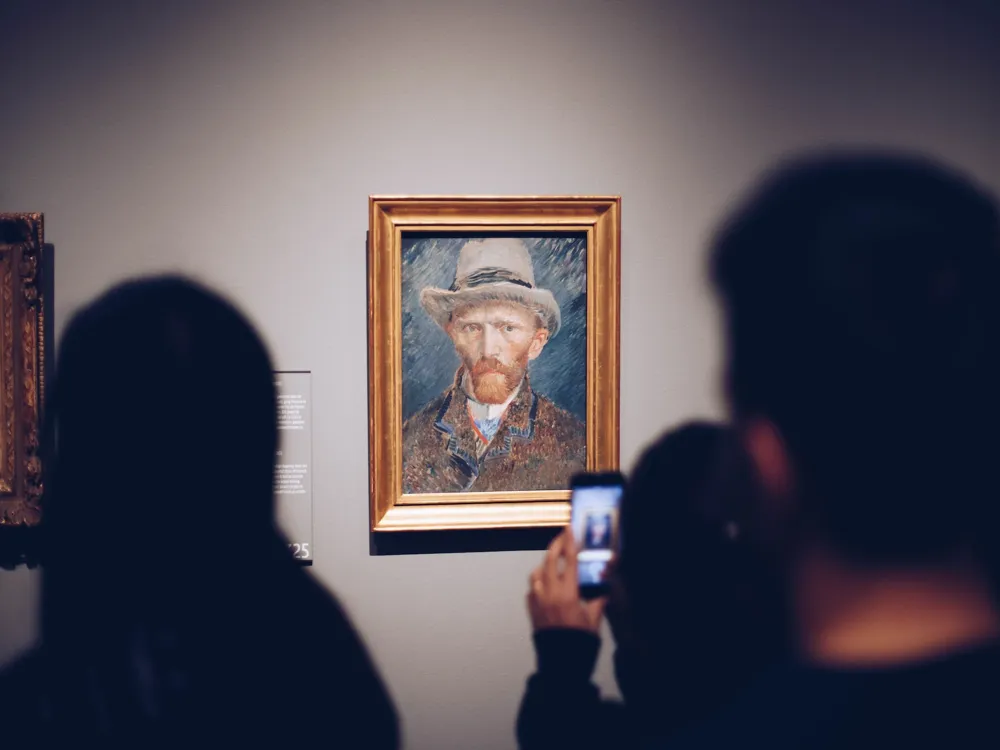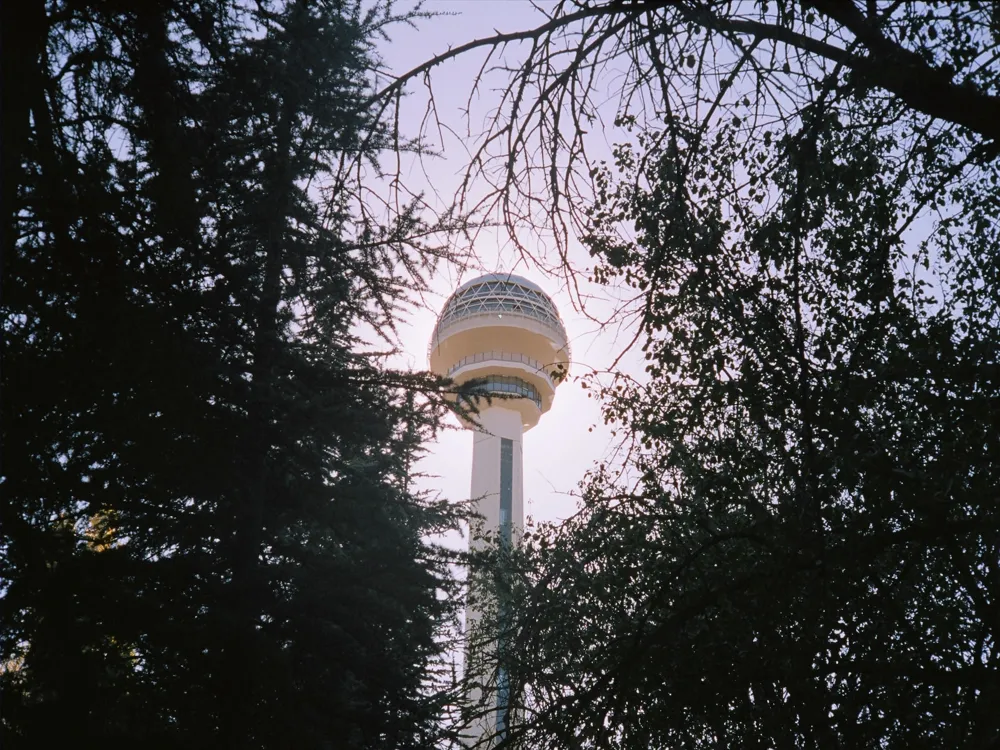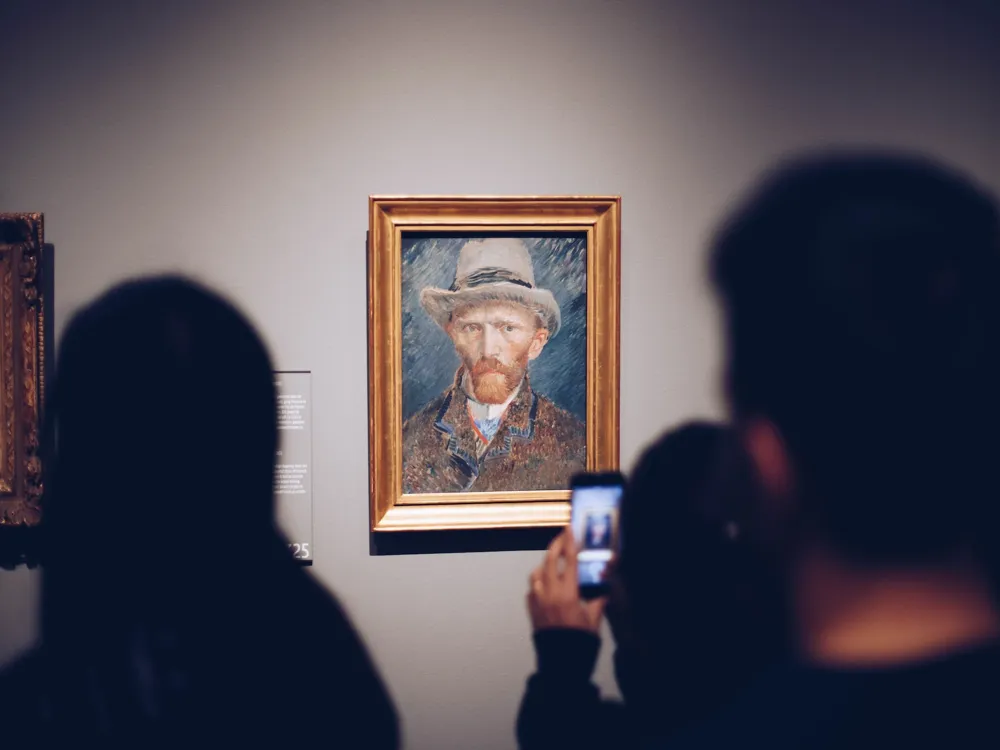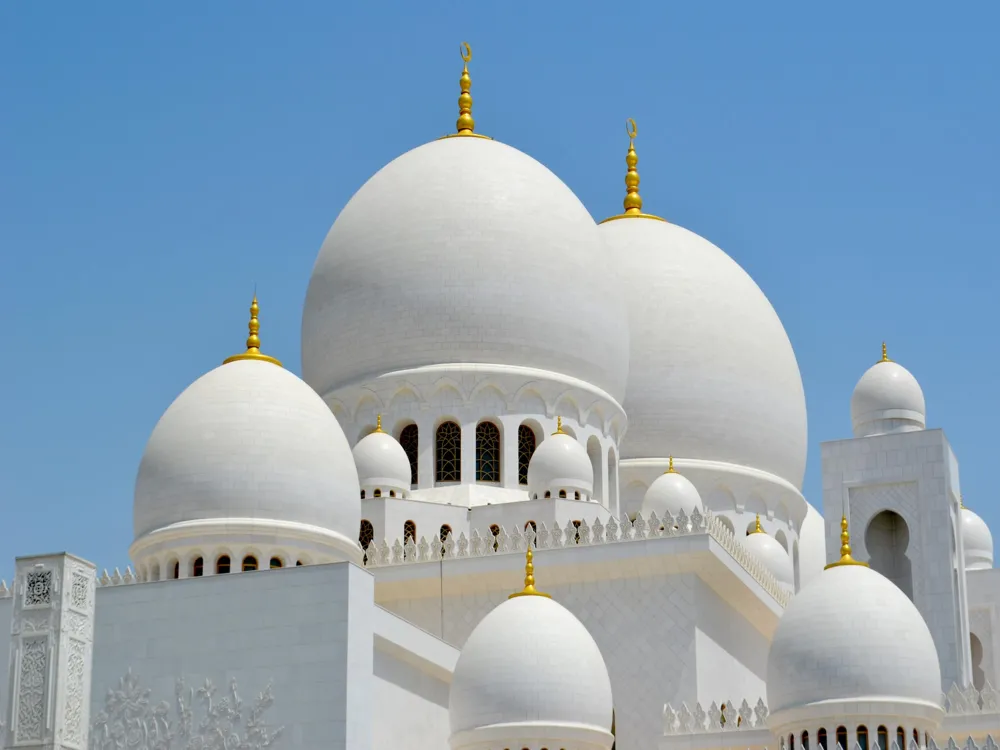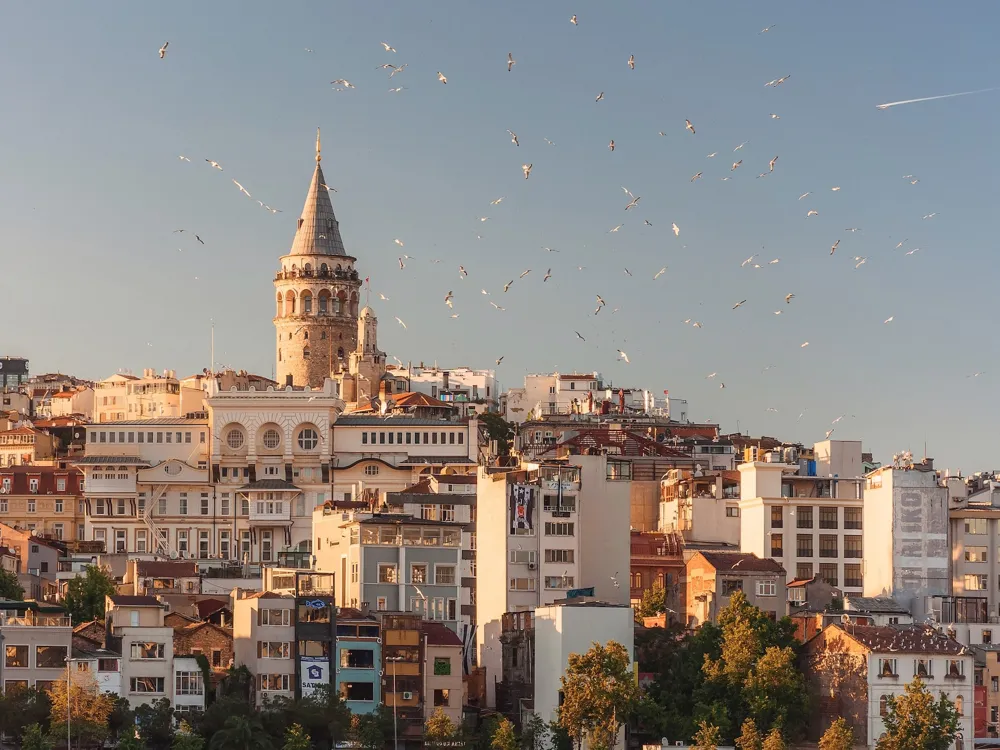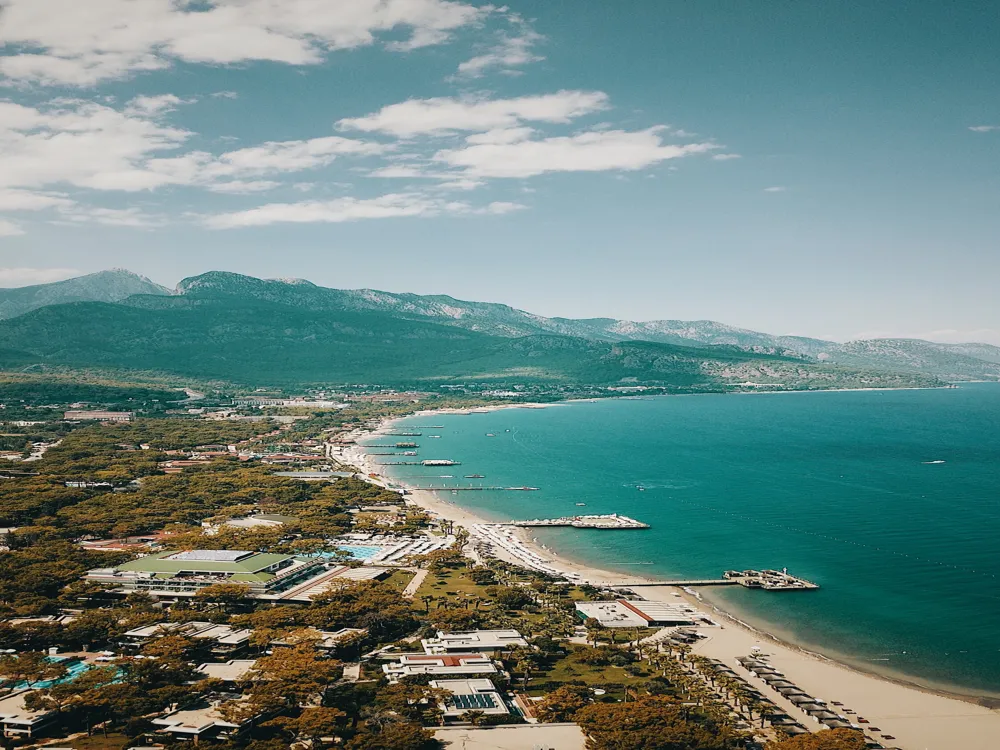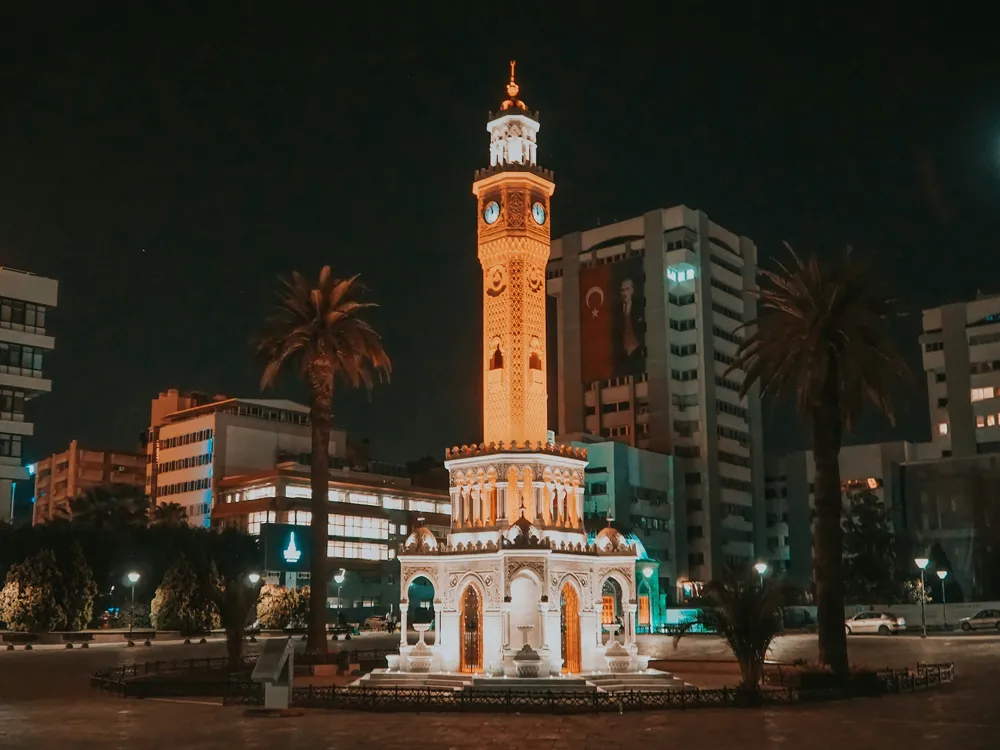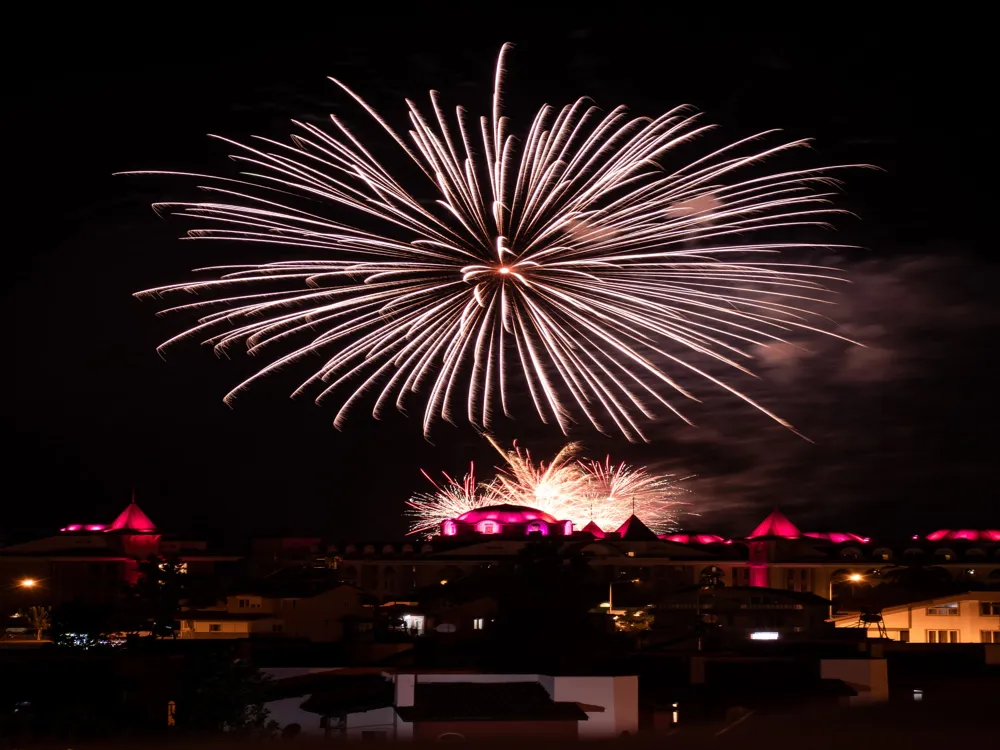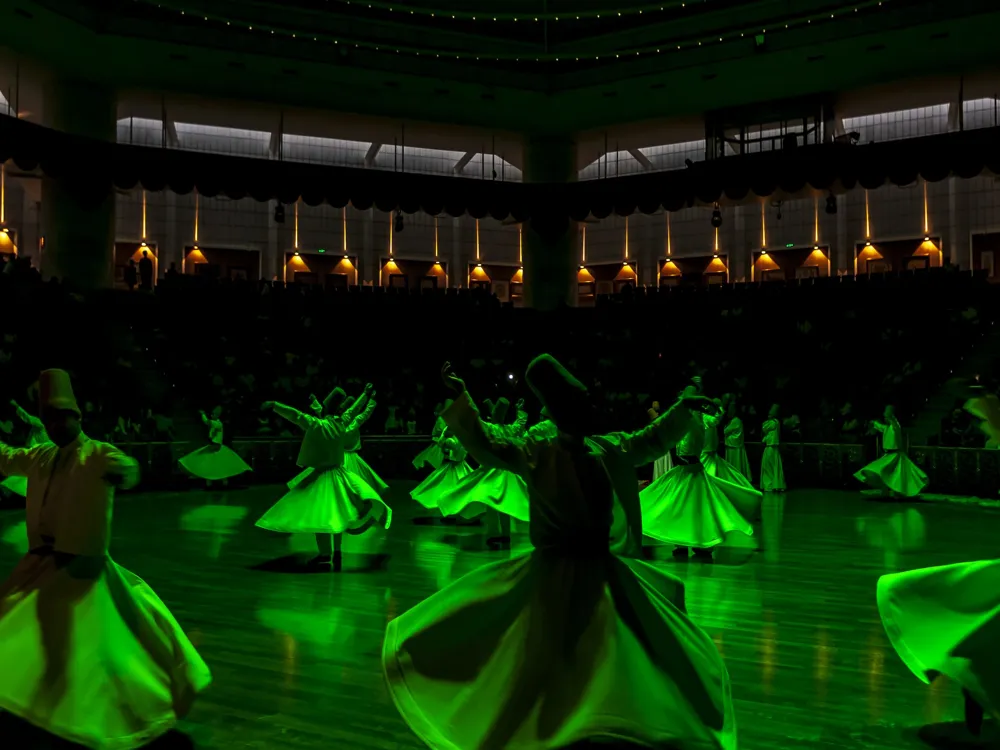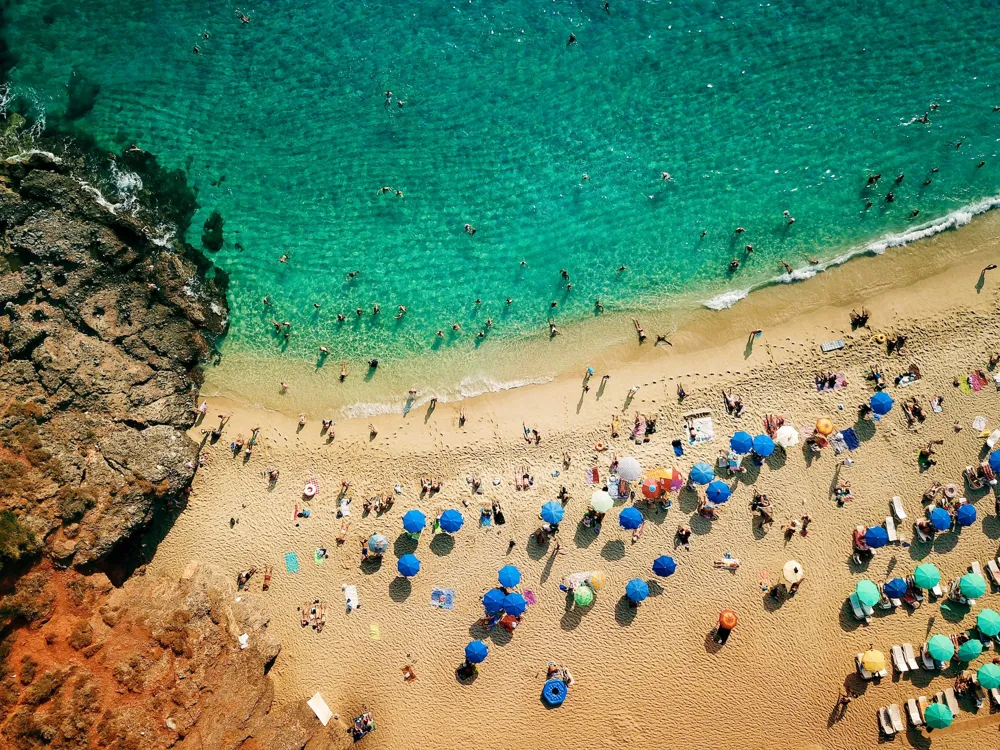Ankara, the capital city of Turkey, stands out as a significant center of history, politics, culture, and commerce. This sprawling metropolis, located in the heart of Anatolia, is the second-largest city in Turkey after Istanbul. Ankara's rich history dates back to the Bronze Age, and over the centuries, it has been under the control of various empires, including the Hittites, Phrygians, Persians, and Romans. Today, Ankara is a vibrant, modern city that still retains glimpses of its diverse historical heritage. The city's role as the heart of the Turkish Republic began in the 20th century. Mustafa Kemal Atatürk, the founder of modern Turkey, moved the capital from Istanbul to Ankara in 1923 to establish a new, secular, western-oriented nation-state. Since then, Ankara has developed rapidly, witnessing significant growth in population, urbanization, and cultural development. The city is now home to various government buildings, foreign embassies, universities, and cultural institutions, making it the administrative and academic hub of Turkey. Ankara's geographical setting contributes significantly to its character. The city is situated upon a steep and rocky hill, which rises 150 meters above the surrounding plain. This elevation provides Ankara with a commanding view of the surrounding area and a strategic advantage, which has been crucial throughout its history. The climate in Ankara is characterized by hot, dry summers and cold, snowy winters, typical of a continental climate. This distinctive weather pattern shapes the daily life and activities of its residents. One of the most remarkable aspects of Ankara is its dynamic society. The city is a melting pot of cultures, reflecting the diversity of Turkey itself. It is home to people from various ethnic, religious, and social backgrounds, creating a rich tapestry of life. Ankara's cuisine, music, art, and festivals showcase this cultural diversity, making it a fascinating destination for both domestic and international travelers. Ankara's economy is primarily driven by government services, but it also has a growing private sector, particularly in technology, agriculture, and manufacturing. The city is a significant industrial and commercial center, with several industrial parks and shopping malls. Ankara is also known for its high-quality agricultural products, particularly its wines and pears, which are renowned throughout Turkey. For visitors, Ankara offers a blend of historical sites and modern attractions. The city's museums, such as the Museum of Anatolian Civilizations and the Atatürk Mausoleum, are world-class institutions showcasing Turkey's rich history and cultural heritage. In contrast, contemporary landmarks like Kızılay Square and Atakule Tower provide insight into the city's modern life. Parks, gardens, and recreational areas dot the city, offering green spaces for relaxation and leisure. In conclusion, Ankara is a city of contrasts, where ancient history meets modernity. Its strategic location, rich cultural heritage, and vibrant society make it an essential and intriguing part of Turkey's identity. Whether you're interested in exploring its historical sites, experiencing its dynamic culture, or simply enjoying its natural beauty, Ankara has something to offer every visitor. Ankara's architecture is a fascinating amalgamation of various styles reflecting its rich historical and cultural heritage. The city's architectural landscape is a tapestry of ancient ruins, traditional Ottoman houses, early republican buildings, and modern structures, each telling a different story of Ankara's evolution through time. The ancient quarter of Ankara, known as Ulus, is home to some of the city's oldest structures. The most prominent among these is the Ankara Castle, a fortification that dates back to the Roman period and was later expanded by the Seljuks. The castle's walls and towers provide a glimpse into the city's medieval past. Nearby, the Temple of Augustus, built in the 1st century BC, stands as a testament to Ankara's significance in the Roman Empire. These ancient structures contrast sharply with the surrounding modern city, creating a unique urban landscape. Ottoman influence in Ankara's architecture is evident in several historic mosques and houses. The Hacı Bayram Mosque, built in the early 15th century, is a prime example of Ottoman religious architecture, with its elegant minaret and intricate tile work. The surrounding area, known as the Hacı Bayram neighborhood, contains several well-preserved Ottoman houses, characterized by their wooden frames, latticed windows, and ornate decorations. The early 20th century, particularly the era following the establishment of the Turkish Republic, ushered in a new architectural style in Ankara. This period saw the construction of numerous government buildings, embassies, and residences in a style that blended traditional Turkish motifs with modernist and European influences. The most notable example of this style is the Presidential Complex, formerly known as the Çankaya Mansion, which served as the official residence of Mustafa Kemal Atatürk. The building's design incorporates elements of Art Deco and Neoclassicism, reflecting the modernizing vision of the new republic. In the latter half of the 20th century, Ankara experienced rapid urbanization, leading to the construction of many modern buildings and infrastructure. The city's skyline is now dominated by contemporary high-rises, shopping malls, and office buildings. The Atakule Tower, completed in 1989, is a symbol of modern Ankara, with its distinctive silhouette and revolving restaurant offering panoramic views of the city. Today, Ankara's architecture continues to evolve, with an increasing focus on sustainable and innovative design. The city's new developments often incorporate green spaces, energy-efficient technologies, and contemporary aesthetics, reflecting Ankara's status as a forward-looking capital. In summary, the architecture of Ankara is a reflection of its history, culture, and aspirations. From ancient ruins to modern skyscrapers, the city's buildings tell the story of a capital that has continually reinvented itself while honoring its past. This rich architectural heritage makes Ankara a fascinating destination for anyone interested in the history of architecture and urban development. Spring (April to June) and Autumn (September to November) are ideal for visiting Ankara. The weather during these months is mild, making it comfortable to explore the city. Summer can be quite hot, and winter is cold and snowy, which might hinder outdoor activities. Ankara has a well-developed public transportation system, including buses, a metro, and taxis. The AnkaraKart is a smart card that provides access to most public transport. For a more personalized experience, consider renting a car or using taxi apps. Respect local customs and traditions. Dress modestly when visiting mosques and religious sites. It's polite to remove your shoes before entering a home or a place of worship. Also, learning a few basic Turkish phrases can be helpful and appreciated by locals. Ankara is generally safe, but like any major city, it's wise to take standard safety precautions. Be aware of your surroundings, especially in crowded places, and keep your belongings secure. It's also advisable to have a copy of your passport and important documents. Ankara offers a rich culinary experience. Try local delicacies like kebabs, baklava, and Turkish delight. For authentic tastes, visit local eateries rather than tourist-oriented restaurants. Also, be sure to try Turkish tea and coffee in traditional cafes. Ankara is well-connected both domestically and internationally, making it easily accessible. Esenboğa Airport, located about 28 km northeast of the city center, is the main gateway for international and domestic flights. There are regular shuttle services, taxis, and car rentals available at the airport to reach the city. For those preferring land travel, Ankara is well-served by bus and train services. The high-speed train (YHT) connects Ankara with major Turkish cities like Istanbul and Konya, offering a fast and comfortable journey. The central bus station (AŞTİ) is the hub for long-distance buses connecting Ankara to various parts of Turkey. Driving to Ankara is another option, with well-maintained highways and roads connecting the city to other parts of the country. For international visitors, renting a car from the airport or major cities can provide the flexibility to explore Ankara and its surroundings at their own pace. In summary, whether you prefer air, land, or personal transport, reaching Ankara is convenient and straightforward. The city's advanced transportation infrastructure ensures a smooth travel experience for all visitors. Read More:An Overview of Ankara
Architecture of Ankara
Tips When Visiting Ankara
Best Time to Visit
Transportation Tips
Cultural Etiquette
Safety Precautions
Food and Dining
How To Reach Ankara
Museum of Anatolian Civilizations
Ankara
₹ 78,000 onwards
View ankara Packages
Weather :
Tags : Museum
Timings : 8:30 AM- 7:00 PM
Ticket Prices : 50 TRY
Planning a Trip? Ask Your Question
Ankara Travel Packages
View All Packages For Ankara
Top Hotel Collections for Ankara

Private Pool

Luxury Hotels

5-Star Hotels

Pet Friendly
Top Hotels Near Ankara
Other Top Ranking Places In Ankara
View All Places To Visit In ankara
View ankara Packages
Weather :
Tags : Museum
Timings : 8:30 AM- 7:00 PM
Ticket Prices : 50 TRY
Planning a Trip? Ask Your Question
Ankara Travel Packages
View All Packages For Ankara
Top Hotel Collections for Ankara

Private Pool

Luxury Hotels

5-Star Hotels

Pet Friendly







